8 Methods for Coming Up with Catchy Headlines
Pique your reader's interest every time.
 Marketing Morsels is a series of short and sweet blog posts for Marketing Managers looking for bite-sized knowledge hits that’ll help drive business. These blog posts have been shortened and adapted from their original home, InspireFirst.
Marketing Morsels is a series of short and sweet blog posts for Marketing Managers looking for bite-sized knowledge hits that’ll help drive business. These blog posts have been shortened and adapted from their original home, InspireFirst.
Mic check. 1, 2…1, 2. Ladies and gentlemen, can I have your attention, please?
How many times have you struggled to come up with catchy headlines for your content, subject line, or social caption? The worst, right?
You’re likely keenly aware of how overloaded your audience is with content on a daily basis. And, while SEO and keyword research helps get people in the door, catchy headlines are what will keep your readers in the store (so to speak).
Luckily, there are several methods you can employ to grab your reader’s attention. Whether you’re communicating via emails, a company blog, or social media, these are just a few ways to pique your audience’s interest and increase opens, engagement, and sales:
- Rhetorical Question
- Hypothetical Scenario
- Guarantee/Promised Exchange
- Anecdote
- Eye-Opening Statistic
- Motto
- List
- Quote
Cool list. Now, what?
Wondering how the above works in practice? Here are some examples to get you started.
The Rhetorical Question
Spark your reader’s attention by asking a question that your company is best positioned to answer. Catchy headlines or email subjects are great places to do this. For example, if you provide tech services for small businesses, your next ad could have a header that says, “Looking for a Tech Solution That Understands Your Small Business Needs?” Or, you can send out an email with the subject, “Need to customize your POS?”
 PRO TIP: Be careful not to overuse this method (or any of them for that matter) lest your copy come across as disingenuous or “too salesy”.
PRO TIP: Be careful not to overuse this method (or any of them for that matter) lest your copy come across as disingenuous or “too salesy”.
The Hypothetical Scenario
An example of a hypothetical scenario might start with, “What if I told you…?” Using hypothetical scenarios as catchy headlines can be a great way of sparking your customer’s imagination. To use our previous small business example, a sample headline might ask, “What if You Could Easily Customize Your PO System?”
This is different from a Rhetorical Question in that, rather than simply parroting your ideal reader’s problem to them (and following up with your solution), you’re getting them to visualize a future state wherein their problem has already been solved (by you!).
The Guarantee/Promised Exchange
Similar to the hypothetical scenario, this idea gets straight to your reader’s dream state.
This method especially works well in the context of a CTA for a sales-driven email series. For example, a company that specializes in SEO might drive customers to sign up with a CTA that says, “Increase Your SEO Rank in 30 Days.”
The Anecdote
Relatable (and relevant) anecdotes are a great way to connect with your audience. A good anecdote is short, to the point, and easy to remember. These can be especially effective in case studies, testimonials, or other forms of social proof. This helps put your readers directly in someone else’s shoes, whether that’s a peer or an aspirational figure.
For example, a super amazing marketing agency (cough, cough) might title their latest case study, “Local Entrepreneur Makes Strategic Investment to Stunning Results”
The Eye-Opening Statistic
Hard data is always a great way to capture a reader’s attention while opening their eyes to the truth of a situation. A statistic that directly correlates with your customer’s specific needs or current situation, gives them a compelling excuse for them to keep reading.
For example, a tech company that specializes in helping small businesses build their online presence might use this statistic as an opener for a social media post:
“31% of Small Businesses were Non-Operational in 2020”.
The Motto
Sure, this sounds wrong and more like something you’d say toward the end of a piece of content. However, if you find the right motto, it could be a nice attention-grabber.
For example, one book reviewing website uses the motto, “We’re Reading Ahead for You.” This phrase works very well as an ad headline.
The List
No, not a bulleted or numbered list. While a descriptive list could be an interesting way to begin a long-form piece and spark your audience’s interest, it can work as a headline, too.
Imagine a business that provides virtual assistants for companies. They could use this type of list in a headline or ad: “An organized calendar, quality customer support, and your very own virtual assistant.”
The Quote
A startling or emphatic quote can put your audience right in the middle of the action, or get their mind engaged.
A quote is another great way to rock a testimonial or client endorsement. Remember our example company that specializes in customizing POS systems? Now imagine this headline: “Our Inventory Was a Mess: How One System Changed Everything”
Boom, done!
Catchy headlines are truly the cherry on top of the quality content sundae. The better you get at churning them out, the higher you’ll see customer engagement rise. And, ooh, what a treat that’ll be!

Beyond the headline...
Hoping to impress with more than just words? Check out our blog post on how to whip up some snazzy graphics for your marketing campaigns. Need more help? Get in touch! It's what we do.